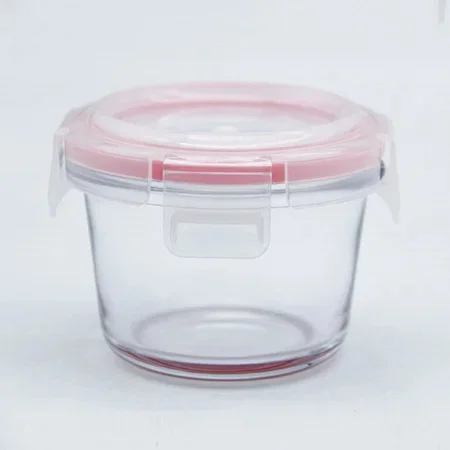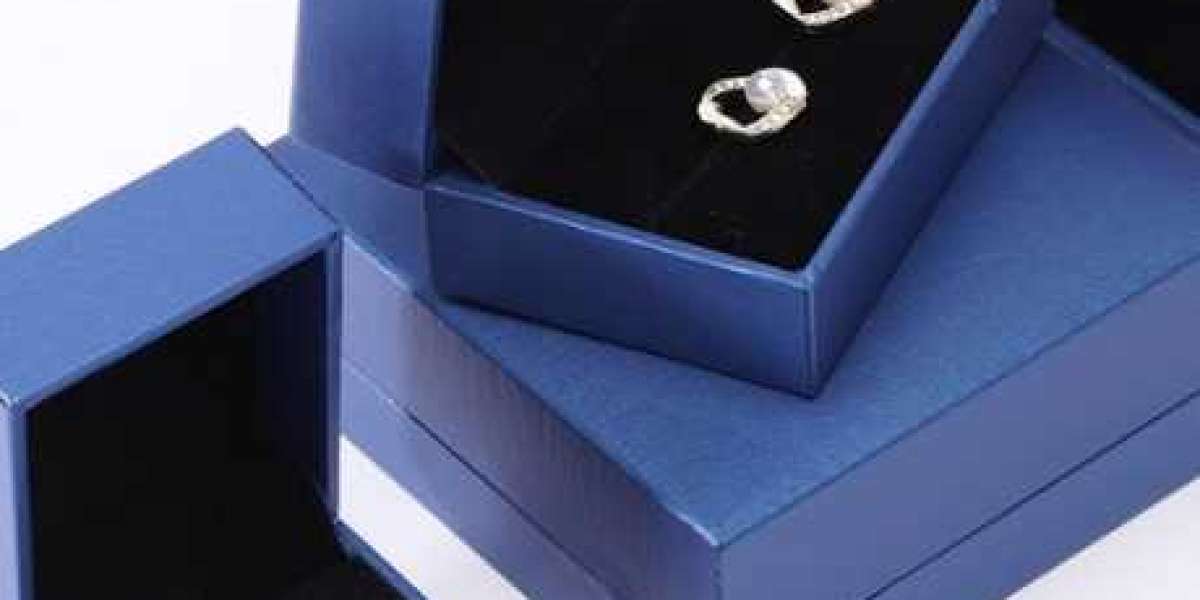With the acceleration of people's life rhythm and the shrinking of living space, mini food containers have become an increasingly popular product. They are not only portable and suitable for the fast-paced modern lifestyle, but also effective in maintaining the freshness and quality of food. When it comes to design and material selection, food containers need to consider several factors, including functionality, convenience, sustainability, and more. This article will discuss the design principles and material selection of food containers, and look forward to their future development trends.
Design Principles:
1. Compact and lightweight: The mini food container should have a compact and lightweight design for easy portability and use. They should be small enough to fit easily in a pocket, handbag, or backpack to accommodate people's needs for on-the-go food.
2. Sealing performance: Since mini food containers are usually used to carry perishable or leaking food, their sealing performance is very important. Containers should be designed to ensure a complete seal to prevent spoilage or leakage of food and reduce the risk of contamination.
3. Divide functional areas: In order to meet the needs of people who need to carry a variety of food when they go out, mini food containers can be designed with multiple functional areas. These areas can be used to separate different types of food products, prevent cross-contamination, and provide better organization and convenience.

Material Selection:
1. Food-grade plastic: Food-grade plastic is a common material choice for mini food containers. It has good durability, transparency, and processability, and can easily manufacture containers of various shapes and sizes. In addition, food-grade plastic can also provide better sealing performance to ensure the freshness and hygiene safety of food.
2. Silicone material: Silicone is a non-toxic, high-temperature-resistant material, which is widely used in the manufacture of mini food containers. Silicone containers are flexible, reusable, and easy to clean. They fold and compress for easy portability.
3. Degradable plastics:
As environmental awareness grows, degradable plastics are a popular choice for mini food containers. This material can decompose naturally under the right environmental conditions and reduce the negative impact on the environment. Degradable plastic has good sealing and corrosion resistance, which can ensure the freshness and safety of food.
4. Glass:
As a traditional food container material, glass has excellent fresh-keeping performance and health and safety. Glass containers prevent the mixing of food flavors and are also resistant to heat and chemicals. In addition, glass is a recyclable material that reduces the burden on the environment.
5. Stainless steel:
Stainless steel is a durable, easy-to-clean material that is widely used in miniature food containers. Stainless steel has good sealing performance and corrosion resistance, which can effectively maintain the quality and hygiene of food. In addition, stainless steel materials are recyclable, which reduces the consumption of environmental resources.
As people pay more and more attention to environmental protection and sustainable development, the material selection of mini food containers becomes crucial. When designing food containers, choosing environmentally friendly materials can not only reduce the negative impact on the environment but also ensure the safety and hygiene of food.
What are the advantages and uses of mini food containers?
How to choose a mini food container supplier
Material selection and purchasing tips for mini food containers
Precautions and safety concerns for using mini food containers
https://www.bestfulltech.com/Design-and-material-selection-of-mini-food-containers.html








